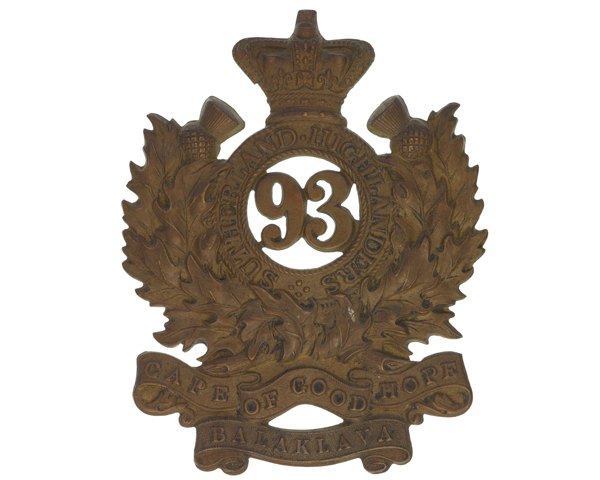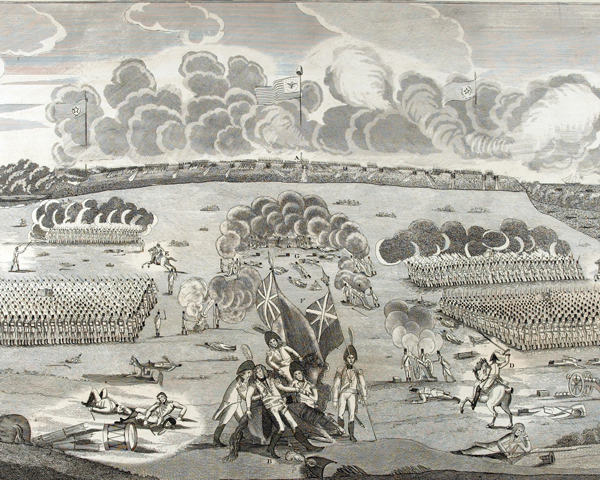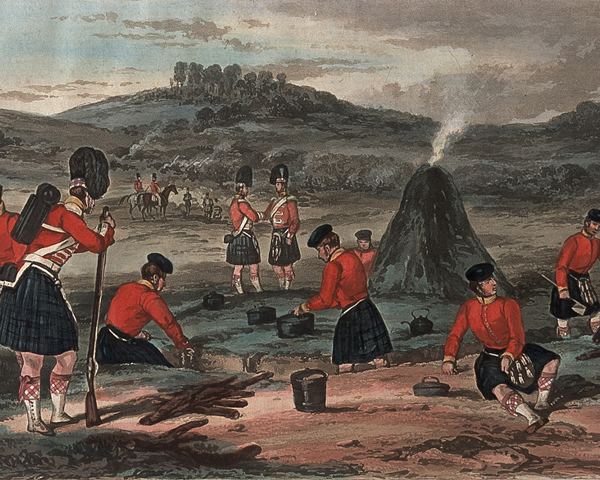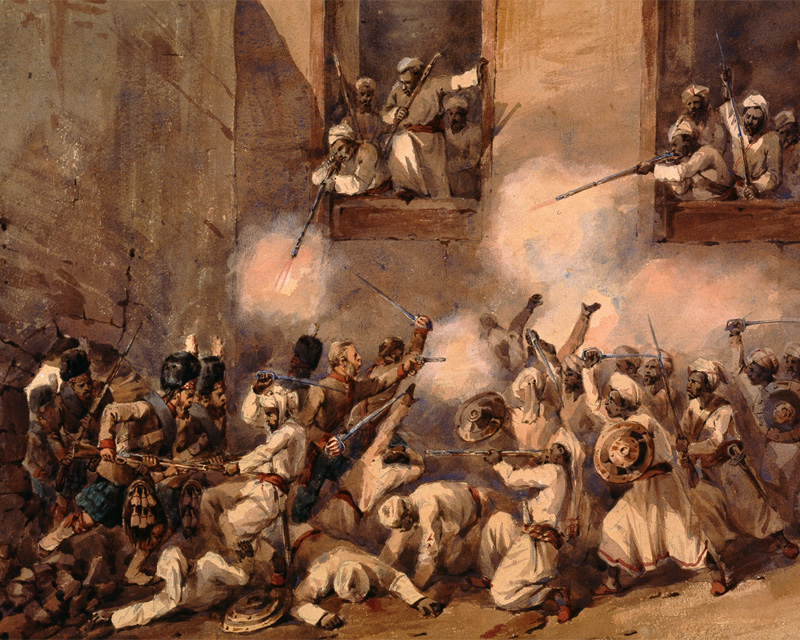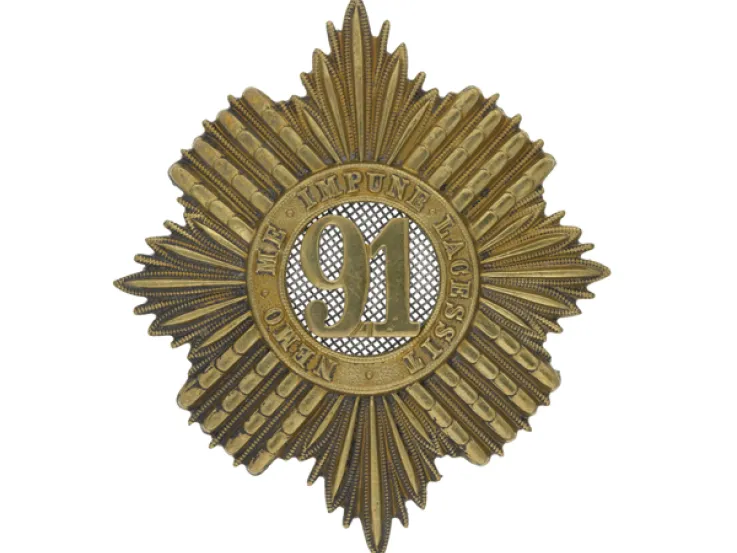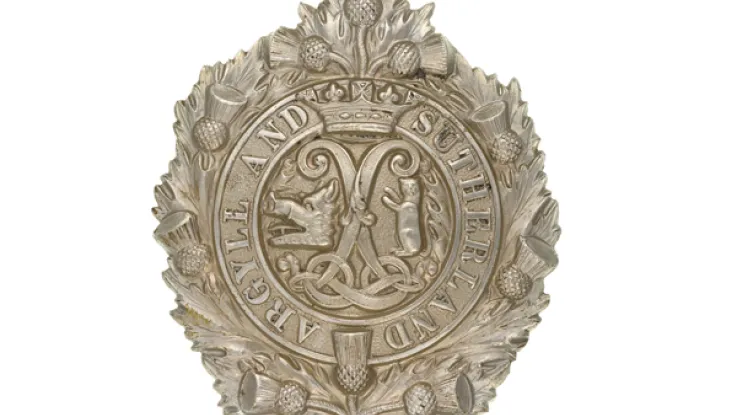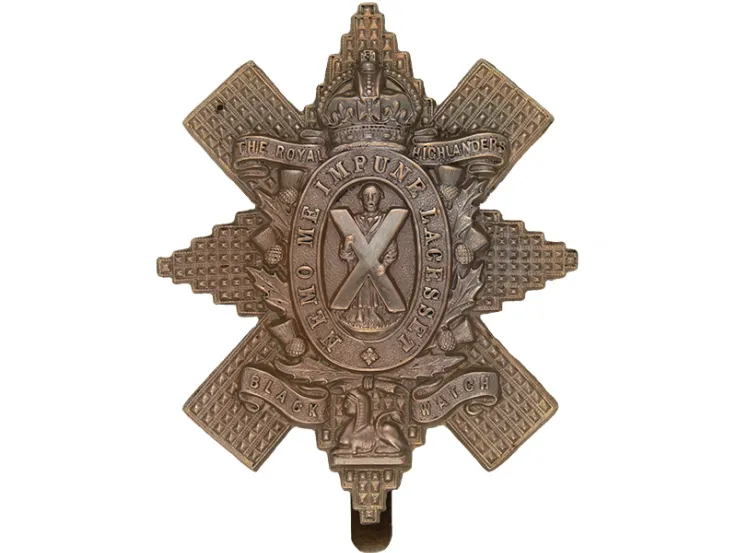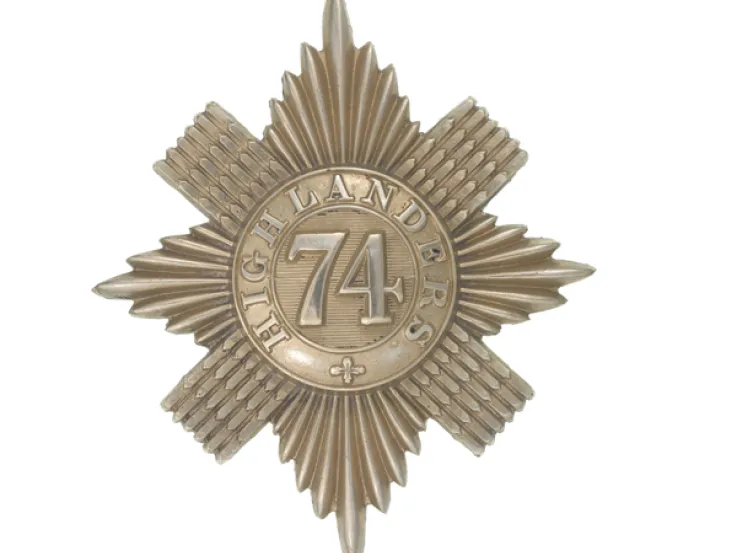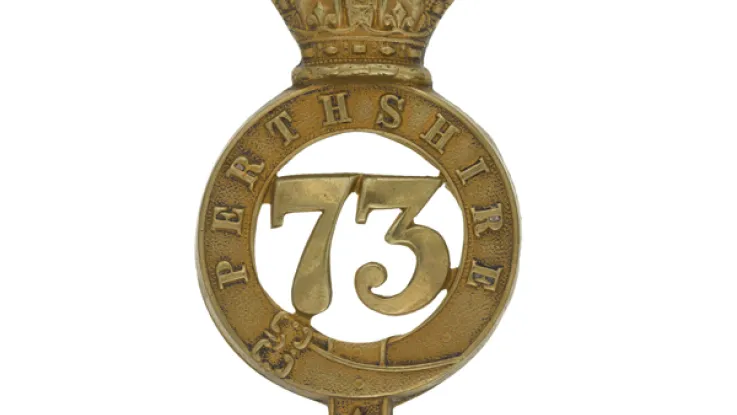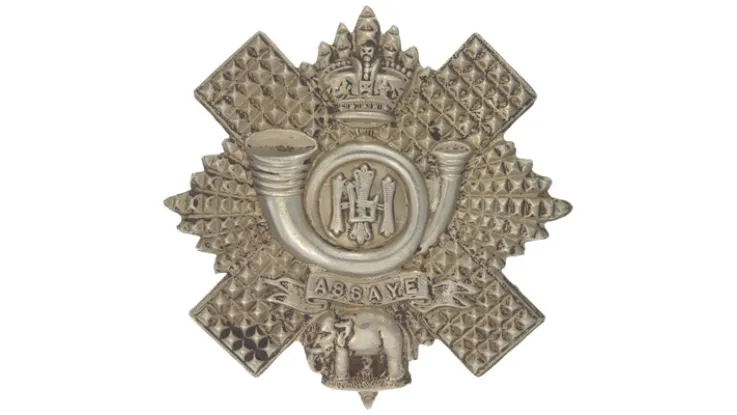Origins
The regiment’s origins lie in the Sutherland Fencibles, home defence troops raised and disbanded three times in northern Scotland during the 18th century.
On the Fencibles’ final disbandment in 1799, its former colonel William Wemyss re-recruited most of its troops into a new regular infantry regiment on behalf of his cousin, Elizabeth, Countess of Sutherland.
This new regiment was given the number 93 in the Army's order of precedence and formally embodied at Inverness in 1800.
Deployments
The new unit initially served in the Channel Islands, Scotland and Ireland, before helping capture the Cape of Good Hope from the Dutch in 1806. After eight years in southern Africa, it fought against the Americans at New Orleans in 1815 during the War of 1812 (1812-15). Lengthy garrison duties in Ireland, the West Indies and Canada followed.
In 1813, a 2nd Battalion was raised. This served in Britain and Newfoundland, but was disbanded in 1816.
In 1848, 1st Battalion arrived home for service in Scotland and England. It provided an honour guard for Queen Victoria the following year.
The regiment's next deployment was to the Crimean War (1854-56) in 1854. It fought with distinction at the Alma (20 September 1854) and became the only infantry unit to win the battle honour ‘Balaklava’ (25 October 1854), after holding off repeated Russian cavalry charges.
It was for this feat that it gained the nickname ‘The Thin Red Line’, coined by the journalist William Howard Russell.
India
After the Crimea, the regiment was sent to help deal with the Indian Mutiny (1857-59). It won six Victoria Crosses (VC) in one day during the storming of the Secundra Bagh in Lucknow in November 1857.
A seventh VC was won by William Bean, a lieutenant in the regiment, for killing 11 rebels at the gate of Kaiser Bagh. The following month, it fought at the capture of Cawnpore.
The regiment then remained in India on garrison duty until 1870, taking part in the Umbeyla Campaign (1863-64).
Legacy
Following further garrison duties in Britain, Ireland and Gibraltar, it amalgamated with the 91st (Princess Louise’s Argyllshire Highlanders) Regiment in July 1881 to form Princess Louise’s (Argyll and Sutherland) Highlanders.
Regimental museums
The National Army Museum works with a network of Regimental and Corps Museums across the UK to help preserve and share the history and traditions of the Army and its soldiers.
Discover more about the 93rd (Sutherland Highlanders) Regiment of Foot by visiting the Argyll and Sutherland Highlander Regimental Museum at Stirling Castle.


